- Benefits of growing petunia seedlings with a simplified scheme
- Increased success rate
- Time and space saving
- Advantages:
- Disadvantages:
- Lower cost
- Convenient for beginners
- Flexibility in plant care
- Earlier flowering
- Reduced risk of diseases
- Suitable for urban gardening
- Advantages
- Disadvantages
- Questions and Answers:
- What are the advantages of using a simplified scheme for growing petunia seedlings?
- What is the simplified scheme of growing petunia seedlings?
- Can the simplified scheme for growing petunia seedlings be used for other types of plants?
- What are the disadvantages of using a simplified scheme for growing petunia seedlings?
- Is the simplified scheme of growing petunia seedlings suitable for commercial production?
- How long does it take for petunia seedlings to grow using the simplified scheme?
- What are the essential steps in the simplified scheme for growing petunia seedlings?
- Videos: Rooting Petunia Cuttings and Comparing Fertilizer | Epsom Salt, Miracle-Gro, Mother Plant
Growing petunia seedlings is a popular method used by gardeners to ensure an early and abundant bloom. However, traditional methods can be time-consuming and require a significant amount of effort. In this article, we will explore a simplified scheme of growing petunia seedlings that offers several advantages over traditional methods, as well as some potential disadvantages to consider.
The advantages of the simplified scheme
One of the main advantages of the simplified scheme is its efficiency. By following a clear and straightforward process, gardeners can save time and effort without compromising the quality of the seedlings. This is particularly beneficial for those with limited gardening experience or those who have a busy schedule.
Another advantage is cost-effectiveness. The simplified scheme requires minimal equipment and materials, reducing the financial investment required to grow petunia seedlings. This makes the method accessible to a wider range of gardeners, including those on a budget.
The disadvantages of the simplified scheme
While the simplified scheme offers many advantages, there are also some potential disadvantages to consider. One of the main concerns is the lack of flexibility. Traditional methods allow for adjustments and modifications based on individual plant needs, but the simplified scheme may not offer the same level of customization.
In addition, the simplified scheme may not be suitable for all types of petunias or growing conditions. Some varieties of petunias may require specific temperature or lighting conditions that cannot be easily met with the simplified scheme. It is important to consider these factors before deciding on the method of growing petunia seedlings.
Benefits of growing petunia seedlings with a simplified scheme
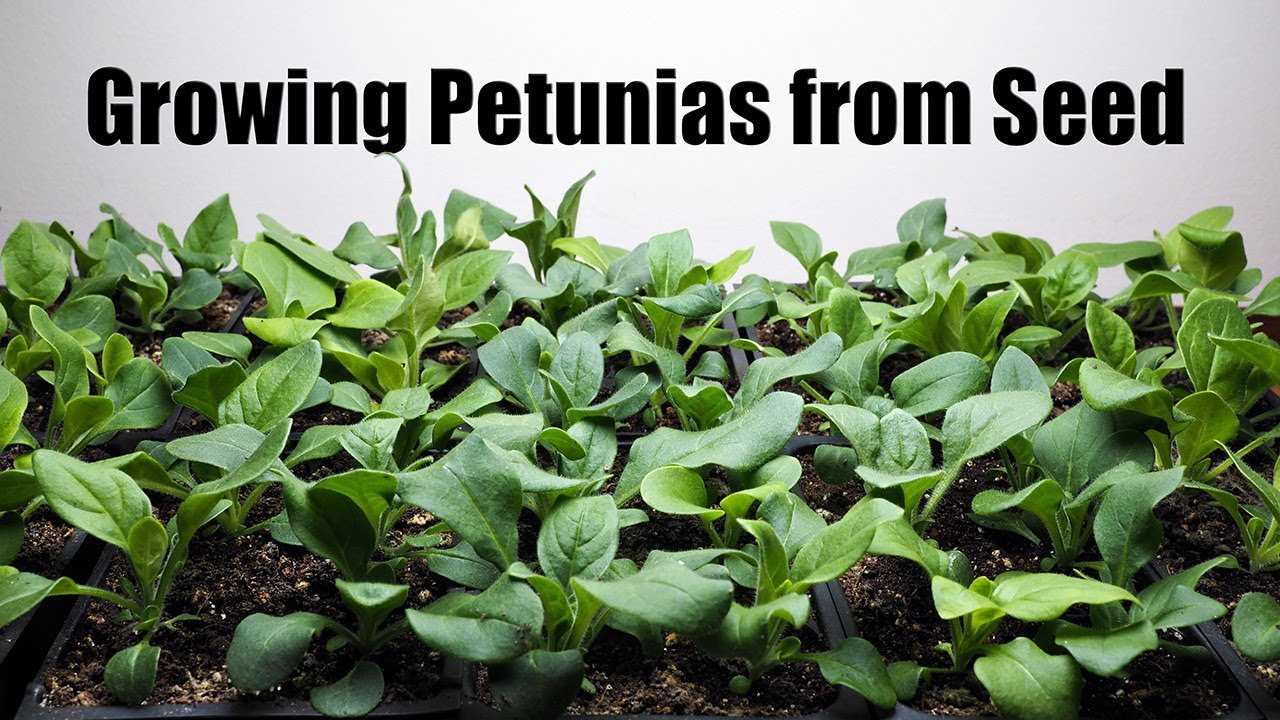
- Time-saving: Growing petunia seedlings with a simplified scheme can save a significant amount of time compared to traditional methods. The simplified scheme eliminates the need for complicated setups and allows for quicker and more efficient seedling growth.
- Cost-effective: With the simplified scheme, there is no need to invest in expensive equipment or materials. Basic tools and affordable supplies are sufficient to successfully grow petunia seedlings. This makes the method cost-effective, especially for hobbyists or small-scale growers.
- Space efficient: The simplified scheme requires minimal space for growing petunia seedlings. It eliminates the need for large, dedicated areas or greenhouses, making it suitable for growers with limited space.
- Easy to implement: The simplified scheme is easy to understand and implement, even for beginners. It involves fewer steps and does not require extensive gardening knowledge or experience. This makes it accessible to a wide range of growers, including those new to gardening.
- Produces healthy seedlings: Despite its simplified nature, the scheme still delivers healthy and robust petunia seedlings. The method focuses on providing the essential conditions for seedling growth, such as proper lighting, temperature, and watering. This ensures the development of strong and vigorous plants.
Increased success rate
Growing petunia seedlings using a simplified scheme can lead to an increased success rate compared to other methods. This can be attributed to the following advantages:
- Optimal growing conditions: The simplified scheme allows for better control of the growing environment, ensuring that the seedlings receive the ideal conditions for germination and growth. This includes proper temperature, humidity, and light levels.
- Reduced chance of disease: By starting with clean and sterilized materials, such as pots and soil, the risk of disease and pest infestation is minimized. This helps to maintain the health of the seedlings and increase their chances of survival.
- Appropriate nutrient levels: With the simplified scheme, it is easier to provide the seedlings with the right amount of nutrients they need at each stage of growth. This can lead to stronger and healthier plants.
- Proper spacing: The simplified scheme allows for better spacing of the seedlings, ensuring that they have enough room to grow and develop without competition from neighboring plants. This helps to prevent overcrowding, which can lead to stunted growth or other issues.
- Easy monitoring and care: The simplified scheme makes it easier to monitor the progress of the seedlings and provide the necessary care, such as watering and fertilizing. This regular attention can greatly increase their chances of success.
In summary, the increased success rate of growing petunia seedlings using a simplified scheme can be attributed to the optimal growing conditions, reduced chance of disease, appropriate nutrient levels, proper spacing, and easy monitoring and care. By following this method, gardeners can increase their chances of successfully growing healthy and vibrant petunia seedlings.
Time and space saving
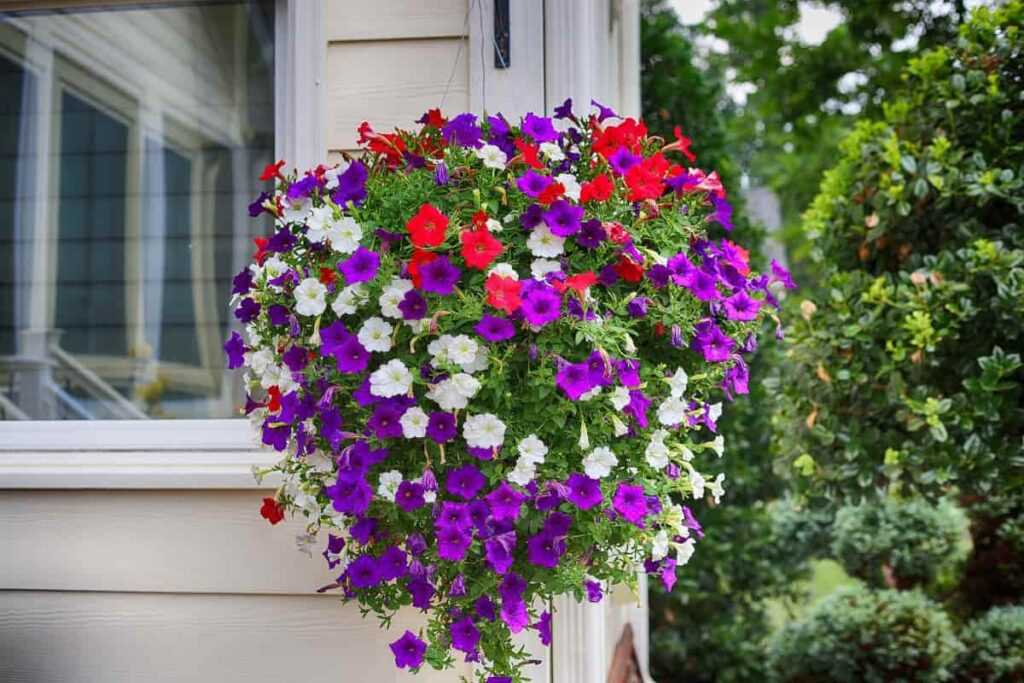
One of the main advantages of using a simplified scheme of growing petunia seedlings is the time and space saving. This method allows for a more efficient use of resources, which can be especially beneficial for small-scale gardeners or those with limited gardening space.
Advantages:
- Quicker germination: With this simplified scheme, petunia seeds can germinate faster due to the controlled conditions provided by using seedling trays or peat pellets.
- Reduced transplanting time: By starting seeds in individual containers, there is no need for transplanting seedlings from a communal tray into separate pots or containers at a later stage. This saves time and reduces the risk of damaging the fragile roots during transplantation.
- Efficient use of space: Using seedling trays or peat pellets allows for a more organized and compact arrangement of seedlings, maximizing the use of space. This is particularly useful for gardeners with limited gardening areas, such as small balconies or urban gardens.
Disadvantages:
- Additional cost: This method may require the purchase of seedling trays or peat pellets, which can add to the overall cost compared to traditional methods that use communal trays or pots.
- Dependency on equipment: Using a simplified scheme may require the use of additional equipment such as grow lights or heat mats to maintain optimal conditions for seed germination and growth. This adds a level of dependency on the availability and functionality of these equipment.
- Potential for overcrowding: Without proper control and spacing, there is a risk of overcrowding the seedlings, leading to competition for resources and hindered growth. This can be avoided by following recommended spacing guidelines and thinning out seedlings if necessary.
Overall, the time and space saving benefits of using a simplified scheme for growing petunia seedlings can outweigh the potential disadvantages for many gardeners. It provides a more efficient and organized approach, ultimately leading to healthier and faster-growing plants.
Lower cost
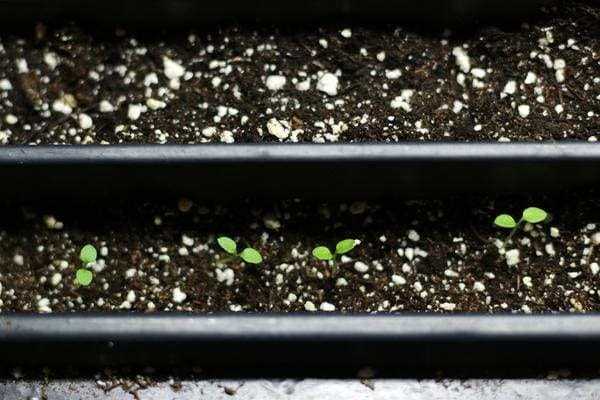
Growing petunia seedlings using a simplified scheme offers several advantages, one of which is the lower cost associated with this method. Compared to traditional seedling-growing methods, the simplified scheme requires fewer materials and resources, resulting in cost savings for the growers.
Here are some specific ways in which the lower cost can be achieved:
- Less soil: The simplified scheme typically involves using smaller pots or containers for growing the petunia seedlings. This means less soil is needed for each plant, reducing the overall cost of potting soil.
- Reduced need for fertilizers: With the simplified scheme, the seedlings are often started in a nutrient-rich soil mix that eliminates the need for additional fertilizers during the early stages of growth. This can cut down on the cost of purchasing fertilizers.
- Lower energy consumption: The simplified scheme often does not require the use of artificial lighting or heating systems, as the seedlings are grown in a natural environment with sufficient sunlight and warmth. This can lead to significant cost savings in terms of energy consumption.
- Minimal equipment: Unlike more complex growing methods, the simplified scheme does not require the use of specialized equipment or machinery. This eliminates the need for costly investments in equipment, reducing the overall expenses.
By adopting the simplified scheme of growing petunia seedlings, growers can enjoy the benefits of lower cost production while still achieving healthy and high-quality plants.
Convenient for beginners

Starting with simplified schemes for growing petunia seedlings is particularly convenient for beginners in gardening. Here are some advantages of this method:
- Easy to understand: The simplified scheme provides clear instructions and step-by-step guidance, making it easy for beginners to follow along. This helps to build confidence and overcome any initial uncertainties.
- Less time-consuming: Compared to more complex methods, this simplified scheme requires relatively less time and effort. Beginners can quickly grasp the basics and start growing petunia seedlings without feeling overwhelmed.
- Cost-effective: The simplified scheme typically utilizes easily available and affordable materials, making it accessible to beginners who may have a limited budget. This allows them to try their hand at gardening without breaking the bank.
- Higher success rate: Following a simplified scheme increases the chances of success for beginners. The step-by-step instructions ensure that the necessary conditions for successful seed germination and growth are met, leading to healthier and stronger seedlings.
However, it’s important to keep in mind that there may be some disadvantages to this method as well:
- Limited customization: The simplified scheme may not allow for much customization or experimentation. It provides a basic framework that may not cater to specific needs or preferences of individual gardeners.
- Lack of detailed information: Due to its simplified nature, the scheme may not delve into the finer details of growing petunia seedlings. This could result in beginners missing out on valuable information that could enhance their gardening experience.
- Dependence on the scheme: Relying solely on the simplified scheme may hinder the development of independent gardening skills. It’s important for beginners to gradually gain knowledge and experience beyond the basic scheme to become more proficient gardeners.
Overall, the simplified scheme for growing petunia seedlings provides a convenient starting point for beginners, allowing them to quickly get started on their gardening journey. It offers simplicity and guidance, but it’s also important for beginners to seek additional information and expertise to expand their gardening skills.
Flexibility in plant care
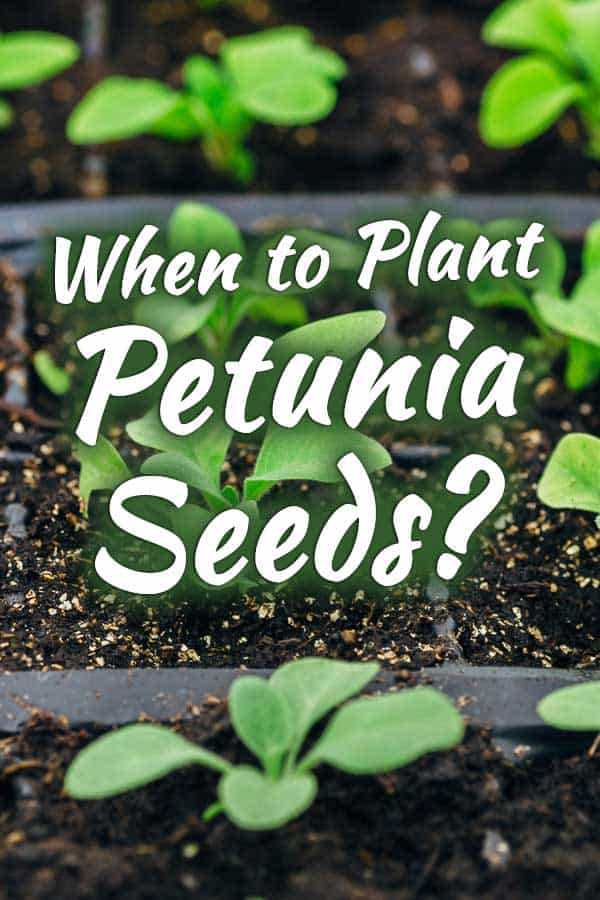
Petunias are a versatile and beautiful addition to any garden, and growing them from seedlings allows for a flexible approach to plant care. By starting with seedlings, you have the ability to control the environment in which they grow and tailor their care to their specific needs.
One advantage of growing petunia seedlings is that you can easily adjust the amount of water and fertilizer they receive. This allows you to provide optimal conditions for growth and ensure the plants are getting the nutrients they need without overwatering or over-fertilizing.
Another benefit of growing petunia seedlings is the ability to control the amount of light they receive. Different varieties of petunias have different light requirements, and by starting from seedlings, you can provide the right amount of light for each variety. This flexibility allows you to grow a wider range of petunias and ensure they thrive in your garden.
Growing petunia seedlings also gives you the flexibility to choose the type of soil and potting mix you use. Some varieties of petunias prefer well-draining soil, while others may require a more moisture-retaining mix. By starting with seedlings, you can select the appropriate soil and potting mix to ensure the best possible growing conditions.
Additionally, growing petunia seedlings allows for flexibility in planting time. You can start the seedlings indoors and transplant them outdoors at the optimal time for your region. This gives you the ability to extend the growing season and enjoy beautiful petunias for a longer period of time.
Despite its advantages, there are also some disadvantages to growing petunia seedlings. The process can be time-consuming and requires careful monitoring of watering, fertilizing, and light levels. Seedlings are also more susceptible to diseases and pests, so extra care must be taken to ensure their health.
In conclusion, growing petunia seedlings offers flexibility in plant care, allowing for control over water, light, and soil conditions. This flexibility enables you to grow a wider range of petunias and ensure their optimal growth and health in your garden.
Earlier flowering
One of the advantages of the simplified scheme of growing petunia seedlings is the ability to achieve earlier flowering compared to traditional methods. This is especially important for gardeners who want to enjoy the beauty of petunias as early as possible.
The simplified scheme allows for faster growth and development of petunia seedlings, leading to an earlier onset of flowering. This is achieved through several key factors:
- Starting the seedlings indoors in controlled conditions
- Providing optimal temperature and lighting conditions for growth
- Using high-quality soil and fertilizers
- Providing adequate water and nutrients
By starting the seedlings indoors, gardeners can control the temperature and lighting conditions, ensuring optimal growth. This allows the plants to establish a strong root system and develop healthy foliage, which is essential for flowering. Additionally, starting the seedlings indoors protects them from adverse weather conditions, such as frost or heavy rains, which can delay growth.
Using high-quality soil and fertilizers provides the necessary nutrients for the plants to grow rapidly. This accelerates the growth process and allows the plants to reach the flowering stage earlier. Adequate water supply is also important for the plants to thrive and develop properly.
Overall, the simplified scheme of growing petunia seedlings allows gardeners to achieve earlier flowering by providing optimal conditions for growth and development. This not only brings beauty to the garden earlier but also allows gardeners to enjoy the benefits of petunias for a longer period.
Reduced risk of diseases
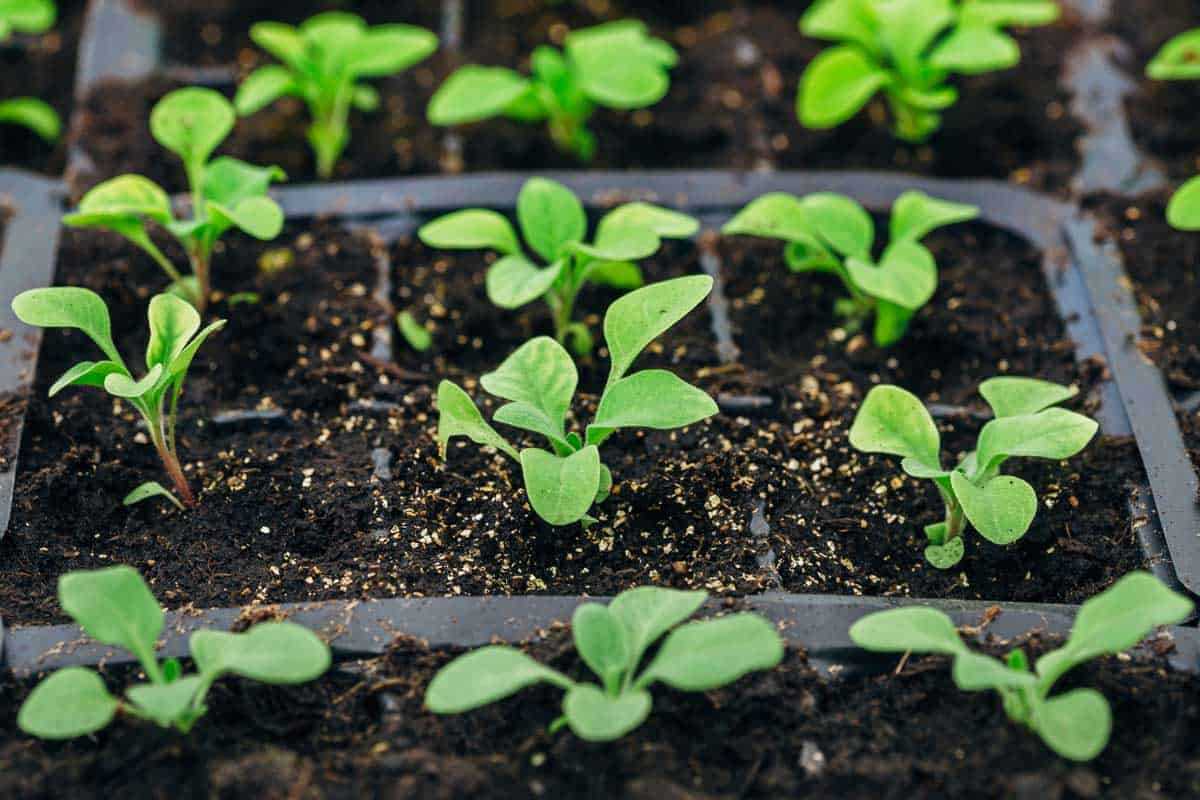
One of the main advantages of the simplified scheme of growing petunia seedlings is the reduced risk of diseases. This method minimizes the exposure of seedlings to environmental factors that can contribute to the development of diseases.
By following the simplified scheme, the seedlings are provided with a controlled and healthy growing environment, which reduces the likelihood of diseases such as damping-off, root rot, and foliar diseases.
Here are some reasons why the risk of diseases is reduced:
- Optimal growing conditions: The simplified scheme focuses on providing the seedlings with the optimal conditions for growth, including proper temperature, light, humidity, and ventilation. These conditions help to keep the seedlings healthy and less susceptible to diseases.
- High-quality starting materials: The simplified scheme emphasizes using high-quality seeds, soil, and containers. Starting with clean and disease-free materials reduces the introduction of pathogens and helps prevent the spread of diseases.
- Good hygiene practices: The simplified scheme encourages regular cleaning and disinfection of the equipment, containers, and surfaces involved in the seedling production process. This helps to eliminate any potential sources of contamination and minimizes the risk of disease transmission.
- Proper watering techniques: Over-watering or under-watering can stress the seedlings and make them more susceptible to diseases. The simplified scheme provides guidelines for proper watering techniques, ensuring that the seedlings receive adequate moisture without becoming waterlogged.
- Early detection and intervention: By closely monitoring the seedlings during their growth, any signs of disease can be detected early on. This allows for prompt intervention and treatment, minimizing the impact of diseases on the seedlings.
Overall, the reduced risk of diseases is a significant advantage of the simplified scheme of growing petunia seedlings. By implementing the recommended practices and maintaining good hygiene, growers can increase the chances of producing healthy and disease-resistant seedlings.
Suitable for urban gardening
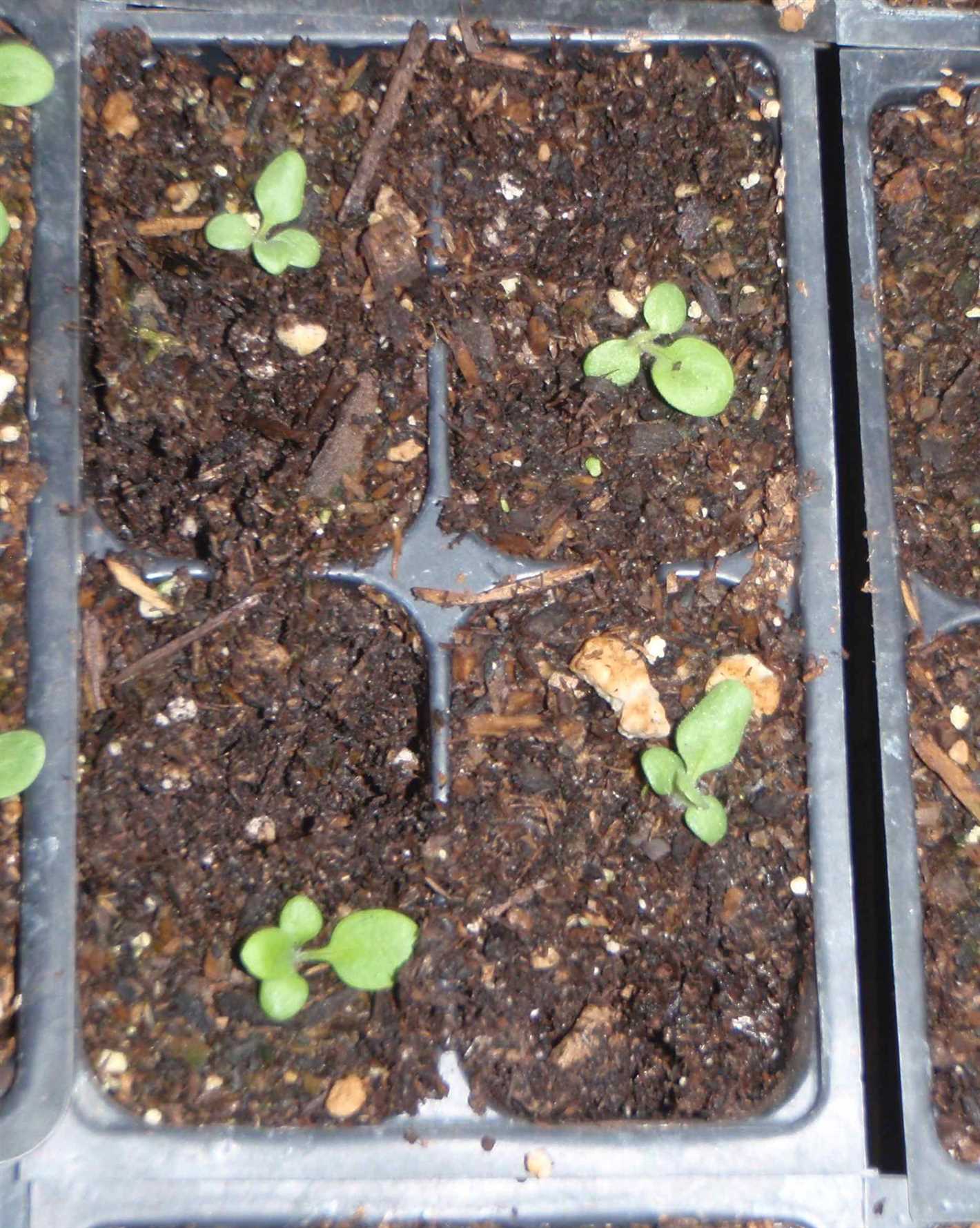
Urban gardening has become a popular trend in recent years as more people are living in urban areas with limited space for traditional gardening. Growing petunia seedlings using a simplified scheme is a great way for urban gardeners to enjoy the benefits of gardening in limited space.
Advantages
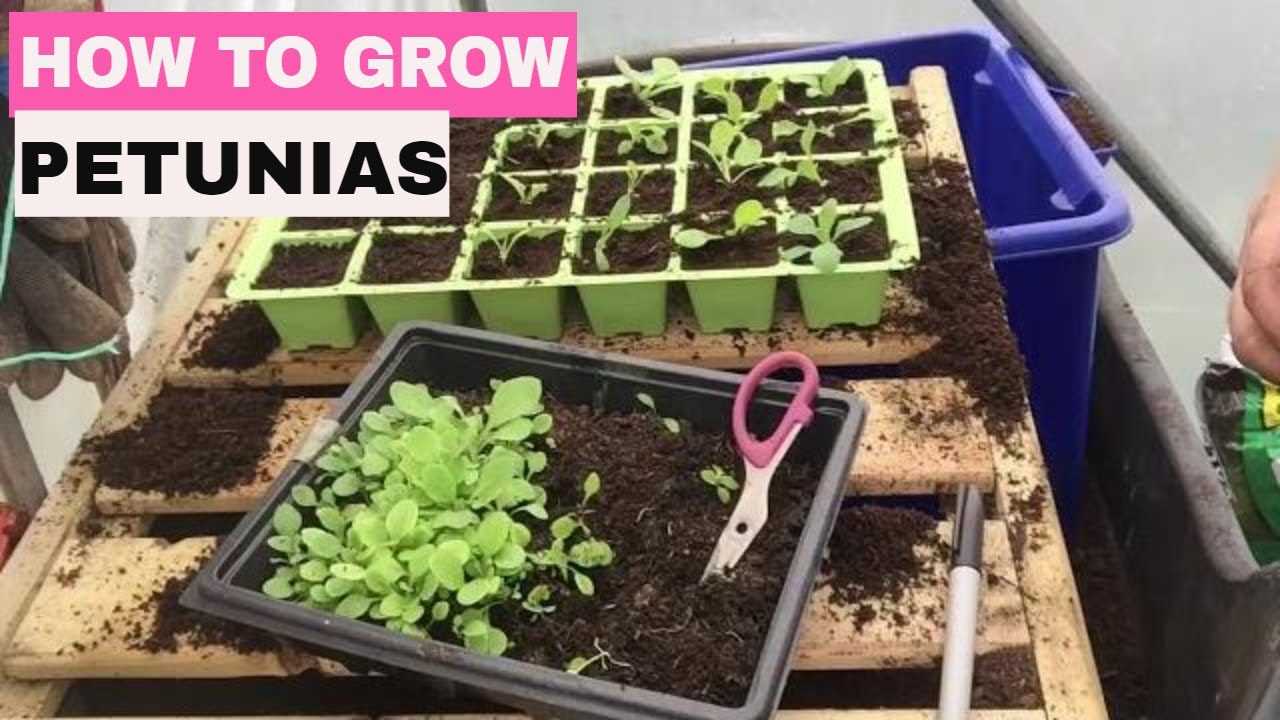
- Space-saving: Growing petunia seedlings using a simplified scheme requires minimal space. It can be done in small containers or trays, making it perfect for balconies, rooftops, or even windowsills.
- Low maintenance: Petunia seedlings are relatively easy to grow and require minimal care. They can tolerate a wide range of conditions, including urban environments with limited access to sunlight.
- Cost-effective: Growing petunia seedlings from seeds is a cost-effective way to start your urban garden. Seeds are readily available and are usually more affordable than buying established plants.
- Customization: With a simplified scheme, you have the freedom to choose the specific petunia varieties you want to grow. This allows you to create a unique and personalized urban garden.
Disadvantages
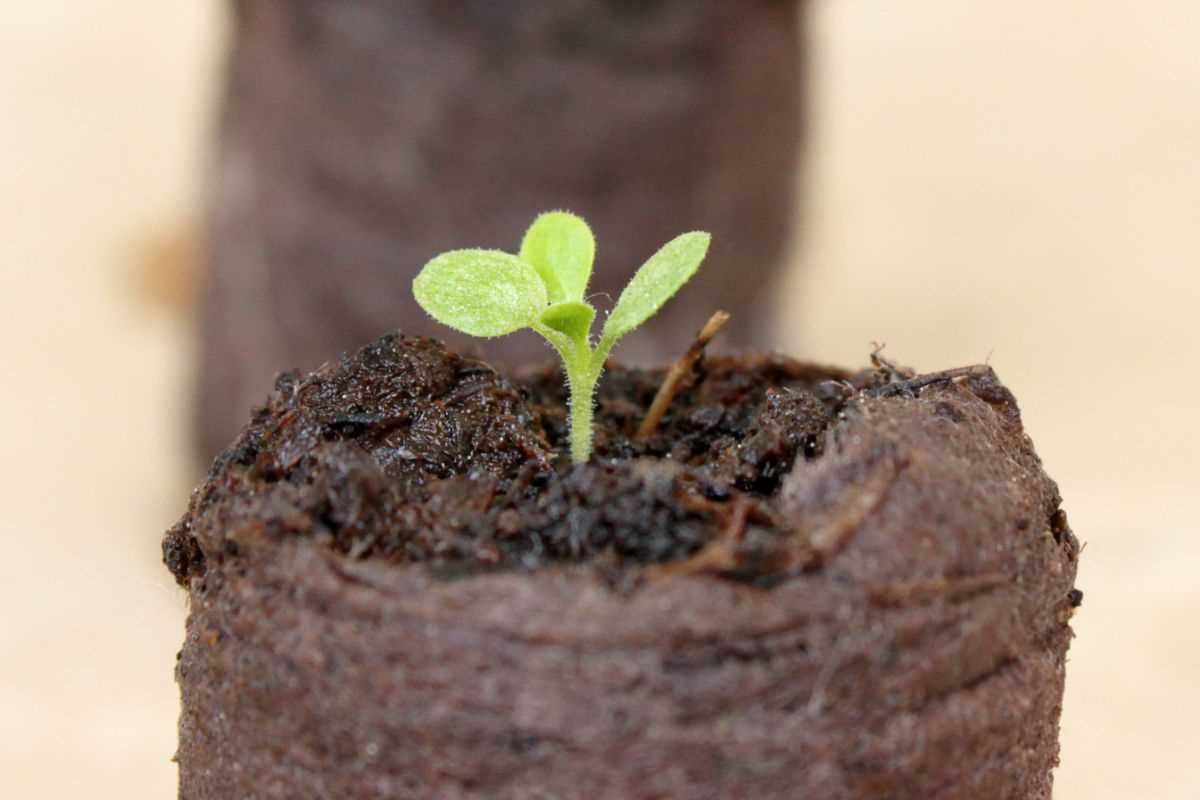
- Limited yield: Growing petunia seedlings in a simplified scheme may not produce as large of a yield as traditional gardening methods. However, this can be overcome by growing multiple containers or trays of seedlings.
- Requires regular watering: Petunia seedlings need to be watered regularly, especially in urban environments where the soil can dry out quickly. This may require more attention and effort compared to plants grown in larger gardens.
- Restricted growing season: Urban gardening with petunia seedlings may be limited by the growing season. In colder climates, it may be necessary to provide additional protection or move the seedlings indoors during the winter months.
In conclusion, growing petunia seedlings using a simplified scheme is a suitable option for urban gardening. Despite some limitations, this method offers the advantages of space-saving, low maintenance, cost-effectiveness, and customization. With careful attention to watering and consideration of the growing season, urban gardeners can enjoy the beauty and benefits of petunia seedlings in their limited space.
Questions and Answers:
What are the advantages of using a simplified scheme for growing petunia seedlings?
The simplified scheme for growing petunia seedlings offers several advantages. First, it saves time and effort, as there are fewer steps involved. Second, it requires less equipment and space. Third, it is ideal for beginner gardeners who may not have the experience or resources for a more complex method.
What is the simplified scheme of growing petunia seedlings?
The simplified scheme of growing petunia seedlings is a method that involves fewer steps and resources compared to traditional seedling growing methods. It typically includes sowing the seeds in small pots or trays, providing adequate moisture and light, and transplanting the seedlings to larger pots or containers when they have grown enough.
Can the simplified scheme for growing petunia seedlings be used for other types of plants?
Yes, the simplified scheme for growing petunia seedlings can be applied to various types of plants. However, it may not be suitable for all plants, especially those with specific requirements or longer growing seasons. It is always best to research the specific needs of the plant you intend to grow before using any growing method.
What are the disadvantages of using a simplified scheme for growing petunia seedlings?
While the simplified scheme for growing petunia seedlings offers several advantages, it also has some disadvantages. One disadvantage is that it may not produce as robust or healthy seedlings compared to more complex methods. Additionally, it may not be suitable for certain varieties of petunias that have specific requirements. Lastly, it may not provide enough control over environmental factors such as temperature and humidity, which can affect the growth of seedlings.
Is the simplified scheme of growing petunia seedlings suitable for commercial production?
The simplified scheme of growing petunia seedlings is not commonly used for commercial production. It is more commonly used by home gardeners or hobbyists due to its simplicity and cost-effectiveness. Commercial production often requires more advanced methods and equipment to ensure consistent and high-quality seedlings.
How long does it take for petunia seedlings to grow using the simplified scheme?
The time it takes for petunia seedlings to grow using the simplified scheme can vary depending on various factors such as seed quality, environmental conditions, and care provided. Generally, it can take around 6 to 8 weeks for petunia seedlings to reach a suitable size for transplanting.
What are the essential steps in the simplified scheme for growing petunia seedlings?
The essential steps in the simplified scheme for growing petunia seedlings include sowing the seeds in small pots or trays filled with potting soil, providing adequate moisture and light for germination, thinning the seedlings to ensure proper spacing, and transplanting the seedlings to larger pots or containers when they have developed enough. Regular watering and fertilizing are also necessary to promote healthy growth.







